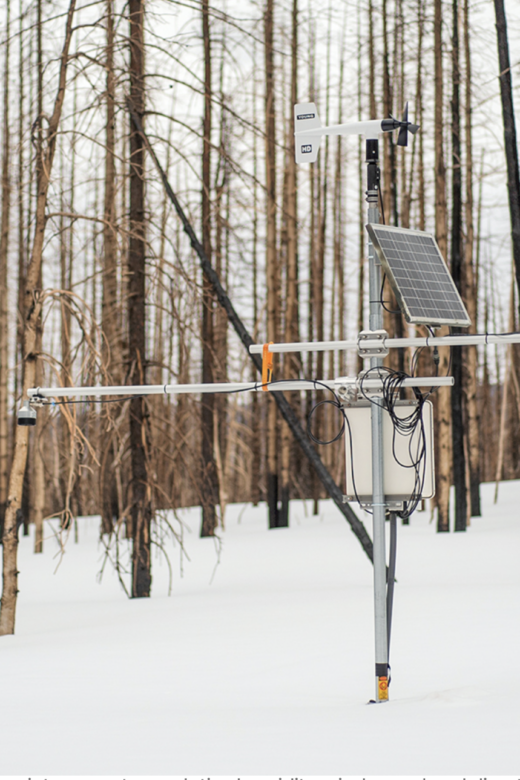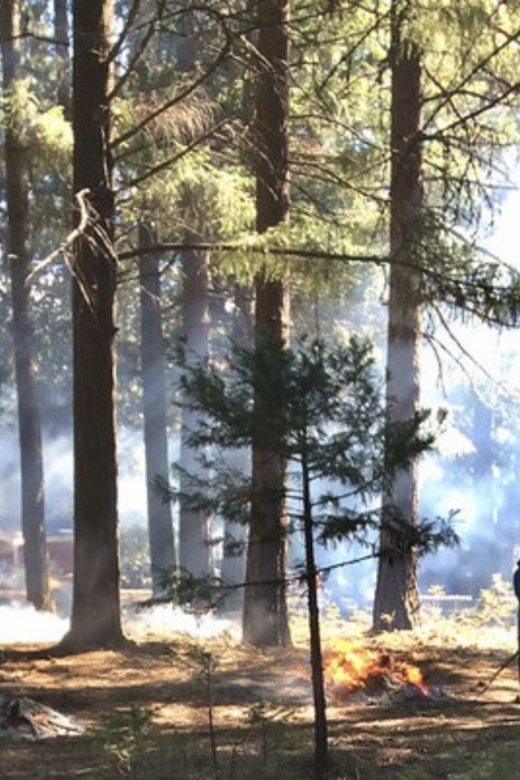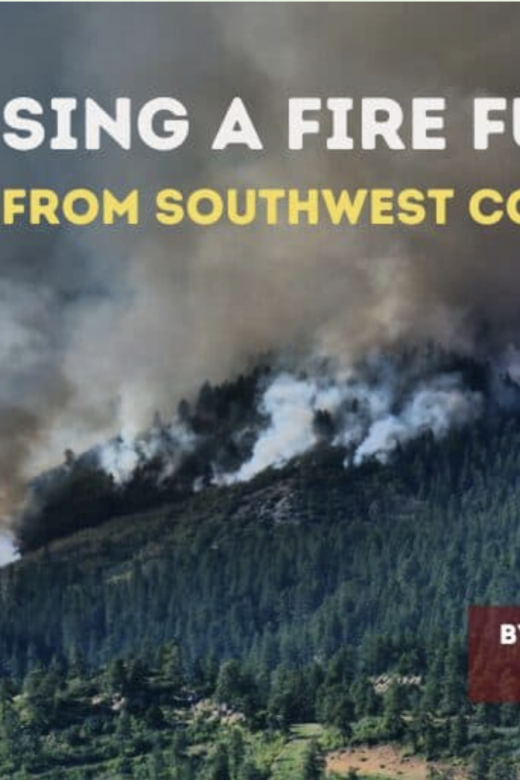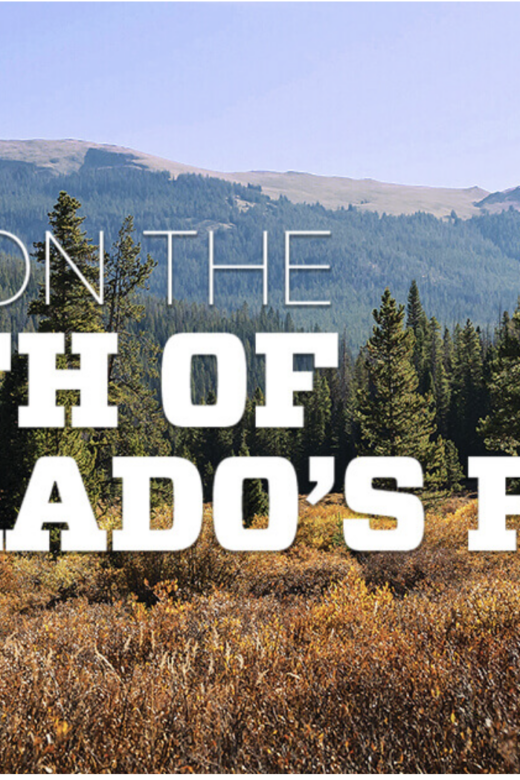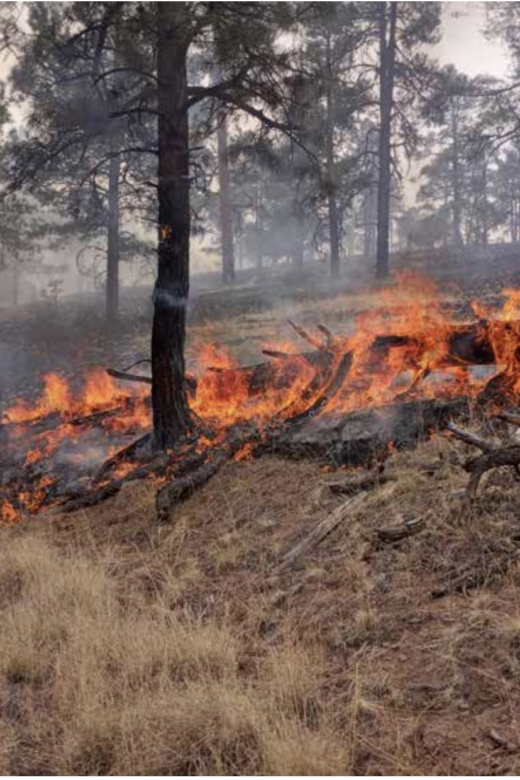Discover how the 2020 Cameron Peak Fire altered snowpack behavior in Colorado's mountains, affecting water availability across the …
Wildfire smoke exposure boosts risk of mental illness in youth
Each additional day of exposure to wildfire smoke and other extreme forms of dirty air boosts the risk of mental illness in youth …
Continue Reading about Wildfire smoke exposure boosts risk of mental illness in youth
Number of trees that die years after wildfire likely bigger than thought, research shows
Recent research reveals that trees can continue to die for up to five years following a wildfire, suggesting that current …
Canada Under Fire – Drivers and Impacts of the Record-Breaking 2023 Wildfire Season
Canada's 2023 wildfire season was the largest and most intense on record, burning over 15 million hectares , more than seven times …
Choosing a Fire Future: Lessons from Southwest Colorado
This is the second post in a 2024 blog series on "managed wildfire," focusing on how wildfires are managed to balance safety and …
Continue Reading about Choosing a Fire Future: Lessons from Southwest Colorado
Prescribed fire lessens bark beetle impacts despite varied effects on fuels 13 years after mastication and fire in a Sierra Nevada mixed-conifer forest
Explore the effects of mastication, prescribed fire, and surface fuel pullback 13 years after treatment in Sierra Nevada mixed …
2023 Report on the Health of Colorado’s Forests
This report explores how Colorado State Forest Service works with communities throughout the state to better its forests. Read up …
Continue Reading about 2023 Report on the Health of Colorado’s Forests
Managed Wildfire: A Research Synthesis and Overview
APRIL 2023 An in-depth review of managed wildfire touching on the history, surrounding policies, and the future of managed …
Continue Reading about Managed Wildfire: A Research Synthesis and Overview

